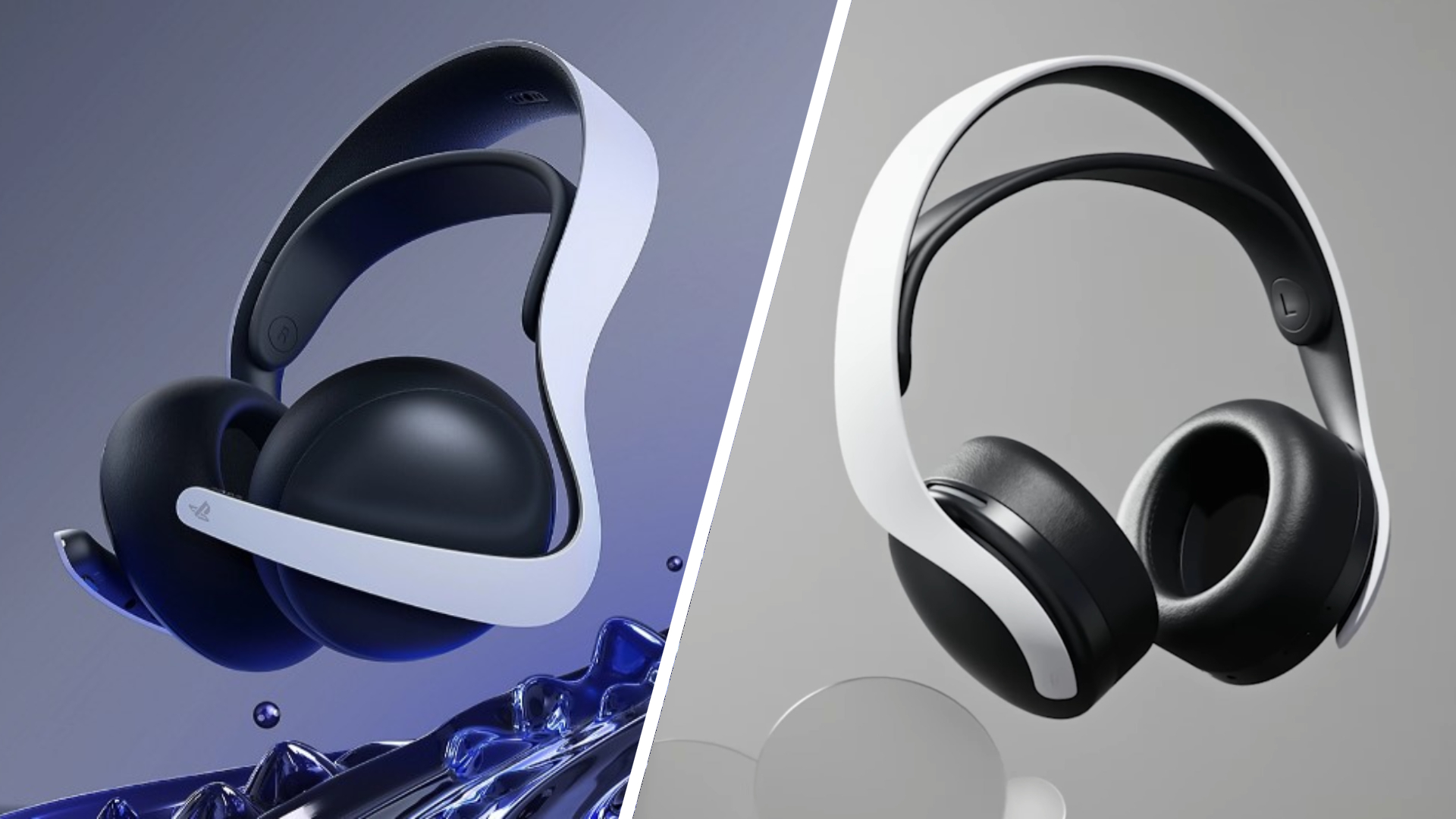
With the latest PlayStation 5 headset from Sony on the horizon, those eyeing up an official audio peripheral might be wondering who wins out in the Pulse Elite vs Pulse 3D headset matchup.
While the headsets look very similar due to the PS5-style aesthetics shared by the devices, there are several key differences that you need to be aware of. Considering and weighing up these varying characteristics and features, including the price, will help you discern which headset would be best for you. It will also help those who already have the Pulse 3D headset work out if the potential upgrade is worth going for.
We are both big fans of the Pulse 3D headset, rating it as one of the best PS5 headsets, while also being very excited about the Pulse Elite set too. The former has been one of our favorite headsets since it launched alongside the PS5 back in November 2020, and the latter is an exciting proposition given that it comes after Sony’s acquisition of audiophile-headphone maker Audeze and is likely to be imbued with a lot of what makes that brand and its products excel.
If you’re looking to come down on one side of the Pulse Elite vs Pulse 3D matchup, and need some key points to help develop your own line of thinking or are just curious about Sony’s official PS5 headsets, then we’re here for you. This article sums up all the similarities and differences between the two and will get you pointing in the right direction.
PlayStation Pulse Elite vs Pulse 3D - Price
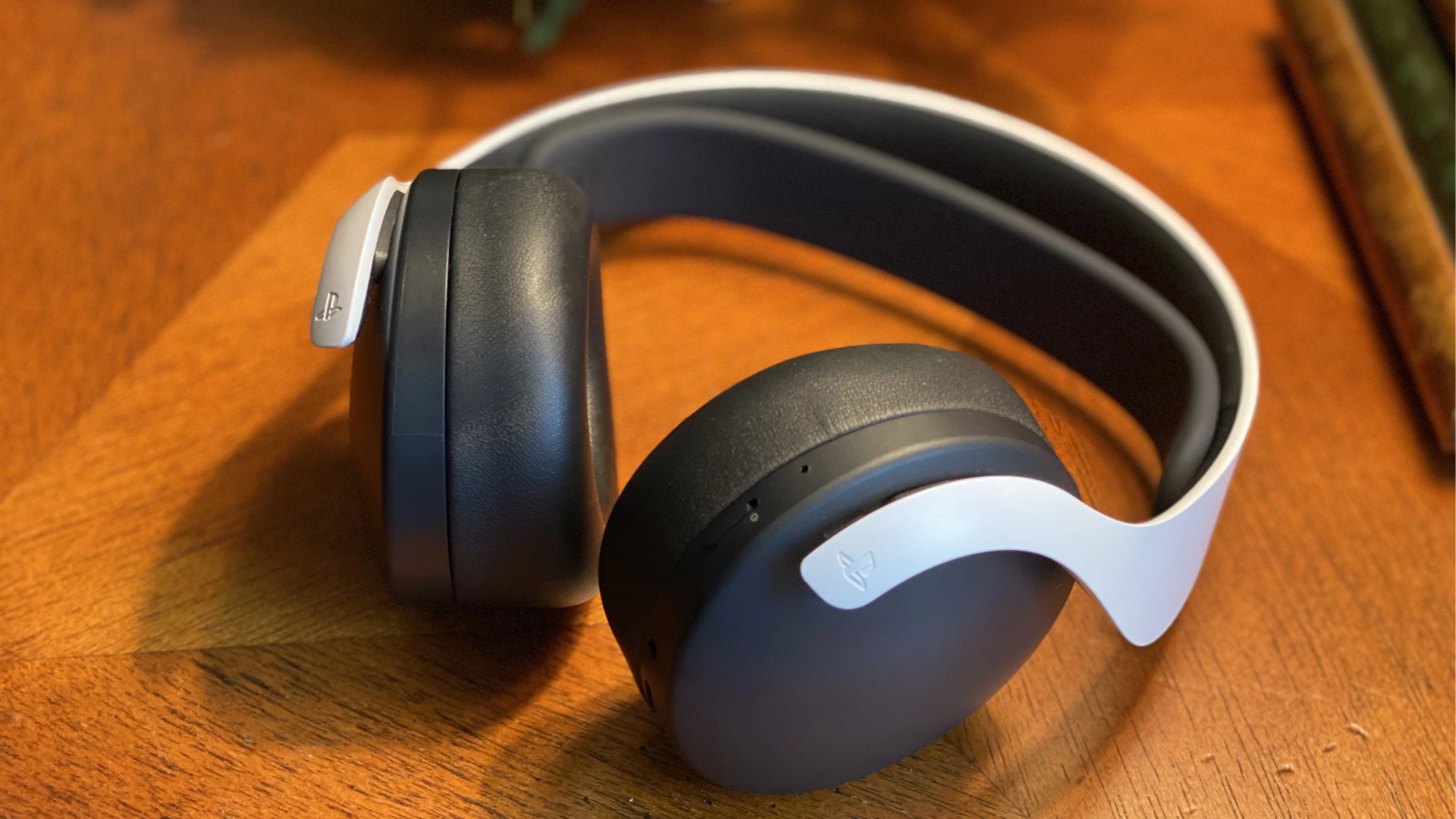
The Pulse Elite headset has a list price of $149.99 / £129.99 / AU$239.95, which puts it firmly in mid-range territory. You can place a Pulse Elite pre-order right now ahead of its launch next on February 21, 2024.
The Pulse 3D headset has a retail price of $99.99 / £89.99 / AU$159.95. This headset is widely available, and, given its age on the market, can often be the subject of price cuts and deals too.
PlayStation Pulse Elite vs Pulse 3D - Design
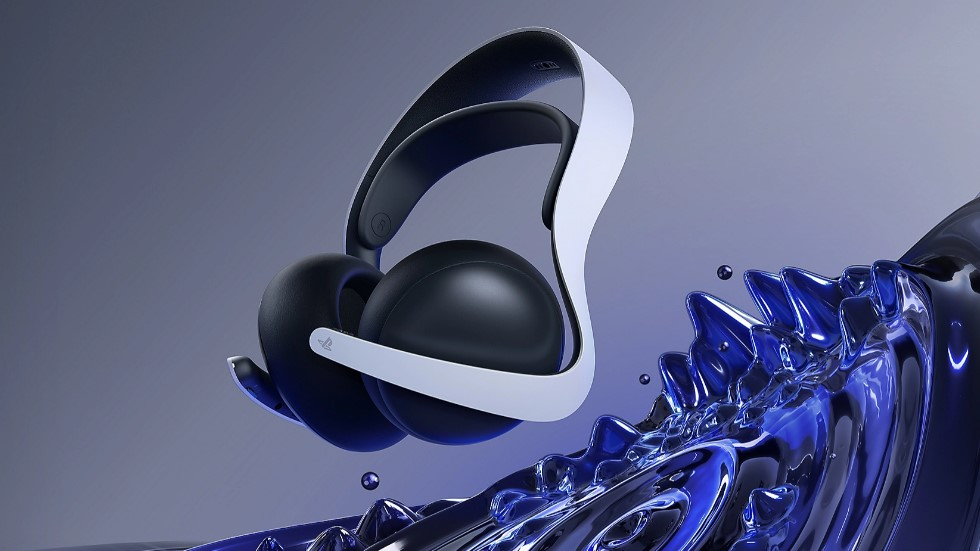
In the case of design, aesthetics, and form factor, the headsets are very closely aligned. Overall, they both share the same PS5 hardware design language with sweeping curves of robust white plastic teamed with dark, black parts (the headstrap and earcups in particular) that give a nice contrast.
The headsets differ here with the Elite’s overall larger size, and also longer arms on each cup - the left one houses the retractable microphone. Otherwise, both sets have round ear cups, come with a dongle for connectivity and a flexible plastic headband for comfort.
At the moment, the Pulse Elite only comes in the PS5 white colorway, while the Pulse 3D headset will provide more options, offering Midnight Black and Grey Camo variants.
PlayStation Pulse Elite vs Pulse 3D - Features
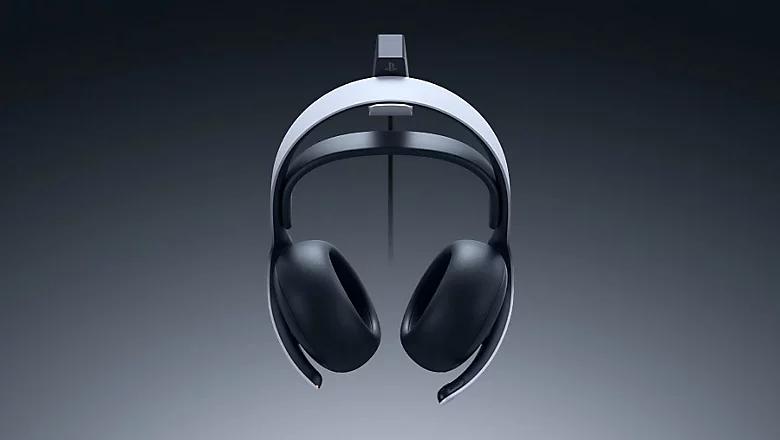
This is an area where the headsets do start to offer different propositions. First, the similarities. Both are compatible with the PS5’s 3D audio, so share that feature, and both come with a few onboard controls, a 3.5mm audio jack, and a USB-C charging port. Along with the design similarities, that’s where the two stop being close brethren.
As the Pulse 3D is three years older than the Pulse Elite, it does lack some features in comparison. The first, and what gives it a connectivity edge over the Pulse 3D, is that it is PlayStation Link compatible. This feature is Sony’s new proprietary wireless connection and promises lossless audio and lightning-fast connectivity via a specific dongle. It should make for a better wireless experience, and also immediately makes it a perfect headset companion to the PlayStation Portal to which it will be able to wirelessly connect directly, rather than through the PS5 first. The Pulse Elite also offers multi-device connectivity, allowing you to connect via Bluetooth to another device, like a phone or tablet, while connected to your PS5 or Portal. This ability is something the Pulse 3D is not capable of.
If you're still looking to get your hands on one of Sony's new remote-play handhelds, then check in with our regularly updated PlayStation Portal restock tracker to give yourself the best chance.
Another significant difference spec-wise appears to be the drivers - or at least what we know about the Pulse Elite’s drivers in particular. The Pulse Elite has planar magnetic drivers, which are said to be “studio-inspired” and will offer exquisite audio with “ultra-low distortion to deliver rich details and deep clear bass,” according to Sony. This is incredibly exciting as planar magnetic drivers have only ever featured in really high-end headsets like the Audeze Penrose and Maxwell of recent years. We don’t know the size of the drivers, but the tech itself is definitely an advancement from the Pulse 3Ds 40mm neodymium driver.
Elsewhere, the Pulse Elite offers a retractable boom mic compared to the Pulse 3D’s built-in microphone design. This should be better for communication and reduce environmental noise seeping in while you chat - something the built-in microphones of the Pulse 3D headset were always guilty of. The Elite’s mic is said to be enhanced further with AI-enhanced noise rejection tech too, which will, well, reject noise from entering your mic.
In terms of battery life, the Pulse 3D has a decent 12 hours per full charge, but the Elite offers improved durability in this regard. The newer headset is said to last up to 30 hours of use before needing to be charged, but it can also have two hours of juice put in it from just a 10-minute charge. The Pulse Elite also comes with a charging hanger, which the Pulse 3D lacks.
PlayStation Pulse Elite vs Pulse 3D - Overall
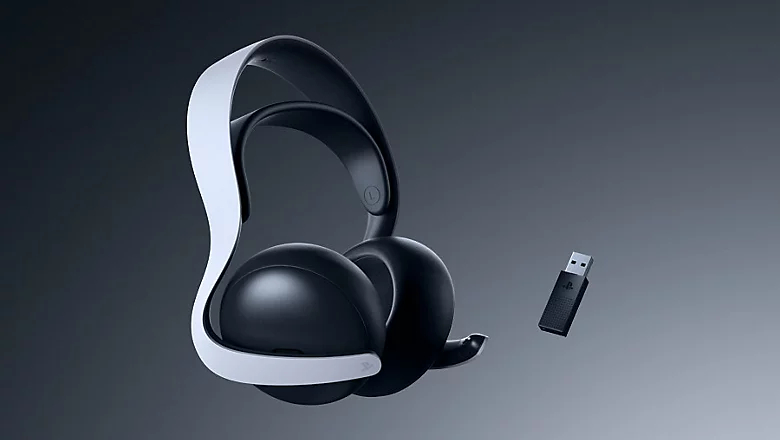
The Pulse 3D headset remains a superb wireless PS5 headset, even in the face of the Elite, especially at its sub $100 / £100 price point. The Pulse Elite, however, also offers a lot of bang for its buck at its list price, so we are spoilt for choice when comparing the two directly.
The extra features, planar magnetic drivers, fast charging battery (with an excellent lifespan), and retractable microphone are incredibly attractive propositions in the Elite. Such attractions make it a compelling choice for both upgrading from the Pulse 3D (especially if you’ve been using that for a few years now) and for diving headfirst into PS5 wireless headset territory.
As it stands, if you can splash the cash, then the Elite looks like an incredibly tasty proposition, with those planar magnetic drivers looking to be something special. However, if you’re on a tighter budget and can forego things like dual connectivity and a boom mic, then the Pulse 3D is still a superb option in 2024.
We’re excited by the options on the table, however, and will add more details to our comparison once we have had hands-on time with the Pulse Elite headset.
Buy the Pulse Elite headset if...
You have a healthy budget
Demanding a 33% extra investment the Pulse Elite headset does require a healthier budget or one that can be stretched. If this is you, then the Elite will offer more for your money, and goes a long way to justify the extra cost.
You desire top audio from planar magnetic drivers
The Pulse Elite’s planar magnetic drivers are set to offer some special gaming audio; the studio-designed drivers will mean higher-grade audio and exquisite experiences.
You’re looking for a headset for PlayStation Portal
As one of only two devices that can link directly to the PlayStation Portal, the Pulse Elite is the best choice of headset to team with Sony’s new handheld remote player.
You’ve been using the Pulse 3D for years or you need an upgrade
If you’ve had the Pulse 3D from launch or another headset for a good few years, then the Pulse Elite will be the perfect audio upgrade for you.
Buy the Pulse 3D headset if...
You're on a tighter budget
If you can’t stretch the budget to the Elite then the Pulse 3D remains an excellent wireless PS5 headset to invest in; a splendid, official audio companion.
You’re not bothered by features like dual connectivity and PlayStation Link
If you’re not fussed at getting the latest headset features like connecting to external devices or having an AI-enhanced microphone, then the Pulse 3D is a far more streamlined option.
You prefer a simpler headset
If you want a headset that is a simple plug-and-play, and wear-and-communicate device, then the Pulse 3D is best, given its built-in microphones and no other moving parts.
You want to team your headset with other PS5 accessories
Only the Pulse 3D comes in different colorways, so it is the only option if you’re keen to make your headset match with your DualSense controllers.
PlayStation Pulse Elite vs Pulse 3D - FAQs
Which is better Pulse Elite or Pulse 3D?
If one were looking at the Pulse Elite vs Pulse 3D headset matchup with total objectivity to determine which was best, then the Elite would likely come out on top. Its new features, such as the planar magnetic drivers, PlayStation Link compatibility, boom mic, and more, give it a noticeable edge over the Pulse 3D when it comes to pure hardware. However, when you factor in the respective price points, then the answer to which is best is a little muddier - it’ll largely depend on your own budget and preferences, so use our guide right here to walk your way through the pros and cons of both.
Does the Pulse Elite headset have noise-canceling?
The answer to this question is, essentially, ‘no with a but’. There is no active noise-canceling feature (ANC) as we know it on the Pulse Elite. However, the microphones do feature “AI-enhanced noise rejection” which will apply a similar technique, but to the mic only. There are no noise-canceling mics on the cups to isolate you totally, though the design of the headset should help in that regard by default.
If you’re looking for more audio options, then peruse our guides to the best PS4 headsets, and best gaming earbuds you can get right now.
Get daily insight, inspiration and deals in your inbox
Sign up for breaking news, reviews, opinion, top tech deals, and more.

Rob is the Managing Editor of TechRadar Gaming, a video games journalist, critic, editor, and writer, and has years of experience gained from multiple publications. Prior to being TechRadar Gaming's Managing Editor, he was TRG's Deputy Editor, and a longstanding member of GamesRadar+, being the Commissioning Editor for Hardware there for years, while also squeezing in a short stint as Gaming Editor at WePC just before joining TechRadar Gaming. He is also a writer on tech, gaming hardware, and video games but also gardens and landscapes, and has written about the virtual landscapes of games for years.